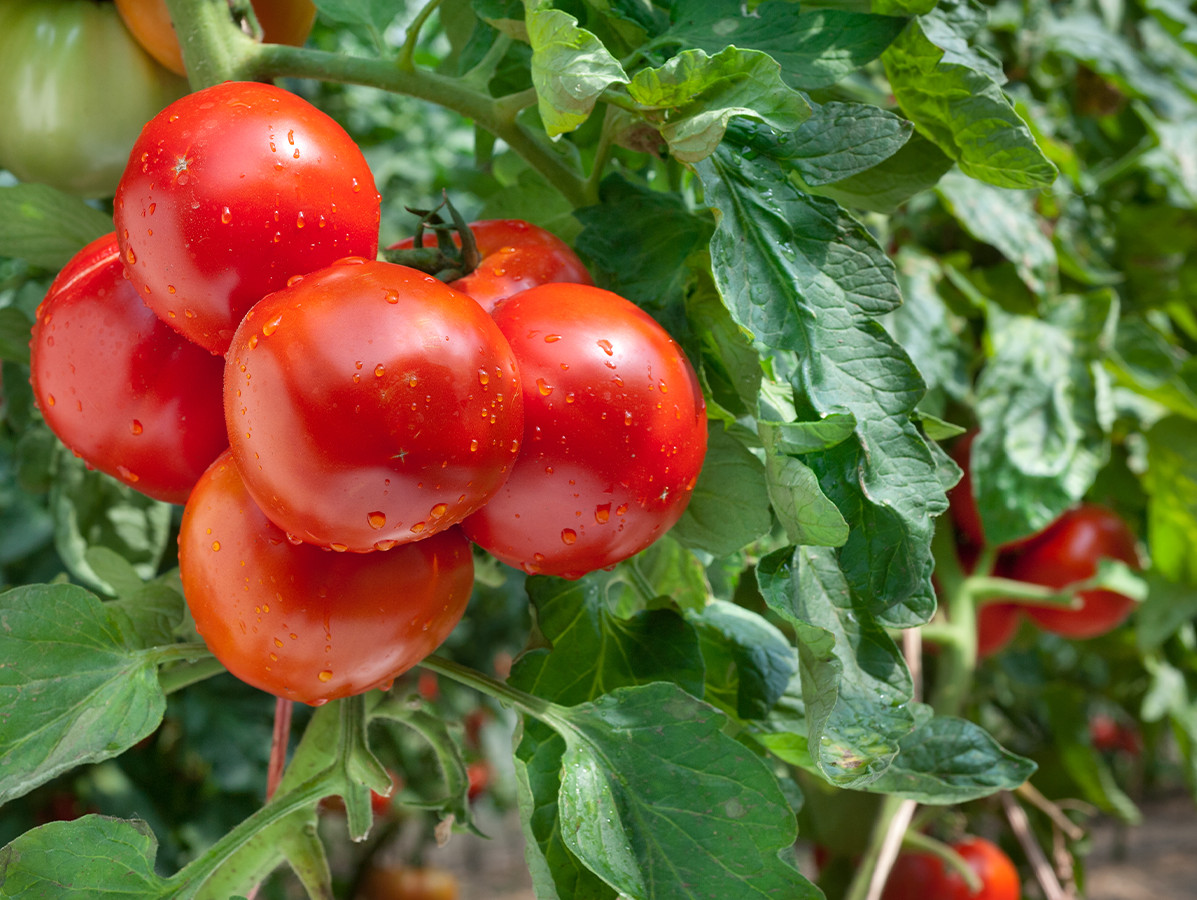
Researchers from Wageningen are the first in the world to have succeeded in extracting the high-quality Rubisco protein from tomato leaf, an important residual flow in greenhouse horticulture. The method they used is similar to methods previously developed for the isolation of Rubisco from other residual flows. If applied on a large scale, this would make more vegetable proteins available to provide sustainable feed for our growing world population, and to bring about a faster shift to a more vegetable-based diet in the West.
The starting point for the pilot study was an extraction method for extracting rubisco from beet leaves. The researchers investigated whether they could also remove the toxic (hydroxy)tomatine from tomato leaf. The result was a high-quality protein powder that was free of toxins.
The approach may also be suitable for extracting Rubisco from the leaves of other food crops. Think potato and cassava, which also contain toxins. "Our method filters out the components that are smaller than the protein to be isolated - this applies to many toxins," says Marieke Bruins, senior researcher in protein technology at Wageningen University & Research and project leader. "Our study proves that you can achieve a lot of sustainability gains by making better use of what is there, whether it is residual streams or a technology."
The researchers want to further develop the technology together with the business community into applications on an industrial scale. "That could be greenhouse horticulture companies, but also users of plant proteins," Bruins says.
Every year, the harvest of food crops releases some 40 (sugar beet) to 50 (tomato) tonnes per hectare of residual flows in the form of leaves and stems. The leaves are either ploughed in as fertiliser on the land or composted, applications that are much lower in value than using protein for human consumption.
Rubisco (ribulose-1,5-biphosphate carboxylase oxygenase) is a crucial enzyme in photosynthesis. The protein is therefore found in the leaves of every green plant on earth. Rubisco, when pure, has a neutral odour, colour and taste and has a good balance of the essential amino acids. The protein also has good gelling properties. This makes Rubisco eminently suitable for use in meat substitutes and vegetable-based alternatives to dairy products, to provide a firm 'bite' or to improve mouth feel. The protein is also a good substitute for egg in food.
Source: Wageningen University & Research